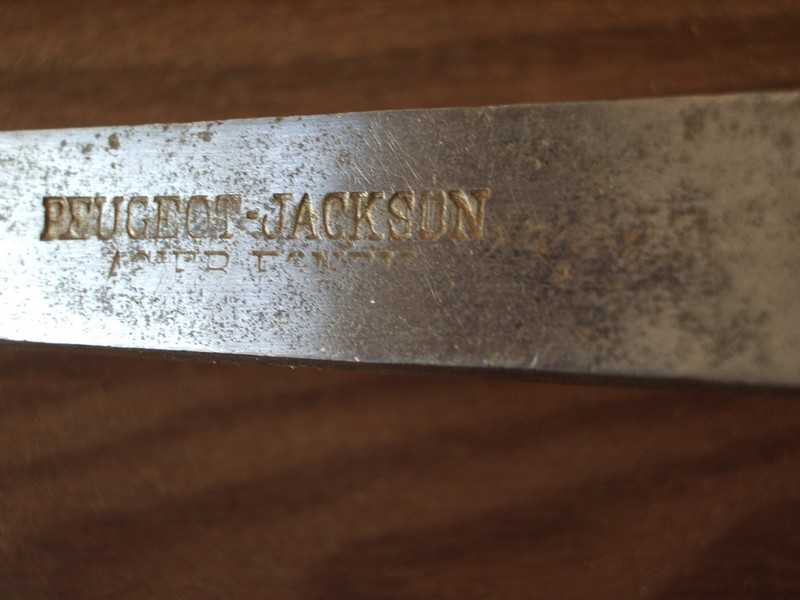como
Established Member
My father in law who is a retired pattern maker has kindly given me his collection of wooden planes. Unfortunately since he retired over 20 years ago his tools have sadly been neglected, he had stored these planes in his green house.
I intend to try and restore these back to working condition and would appreciate a bit of guidance.
For the blades I have purchased a bottle of "Restore Rust Remover" from workshop heaven. I believe this works in the same way as the corro-dip which jimi43 uses. I'm hoping this part will be pretty straight forward, basically soak the blades for a couple of hours, rinse and scrub with a brass brush. Is there any more to this process?
With regard to the plane bodies, they are all very dry and dusty and some of them have started checking on the end grain. What would be the best way to deal with these?
Also, I think a couple of the bodies will also need some repair, I will take some more photo's of the broken bits and post them as I get round to each plane.
Any help and advice would be much appreciated.
Cheers
Mark
BTW. They all seem to be Sheffield made planes, mainly Joseph Marples, is it possible to date these from the makers stamp?
I intend to try and restore these back to working condition and would appreciate a bit of guidance.
For the blades I have purchased a bottle of "Restore Rust Remover" from workshop heaven. I believe this works in the same way as the corro-dip which jimi43 uses. I'm hoping this part will be pretty straight forward, basically soak the blades for a couple of hours, rinse and scrub with a brass brush. Is there any more to this process?
With regard to the plane bodies, they are all very dry and dusty and some of them have started checking on the end grain. What would be the best way to deal with these?
Also, I think a couple of the bodies will also need some repair, I will take some more photo's of the broken bits and post them as I get round to each plane.
Any help and advice would be much appreciated.
Cheers
Mark
BTW. They all seem to be Sheffield made planes, mainly Joseph Marples, is it possible to date these from the makers stamp?












































